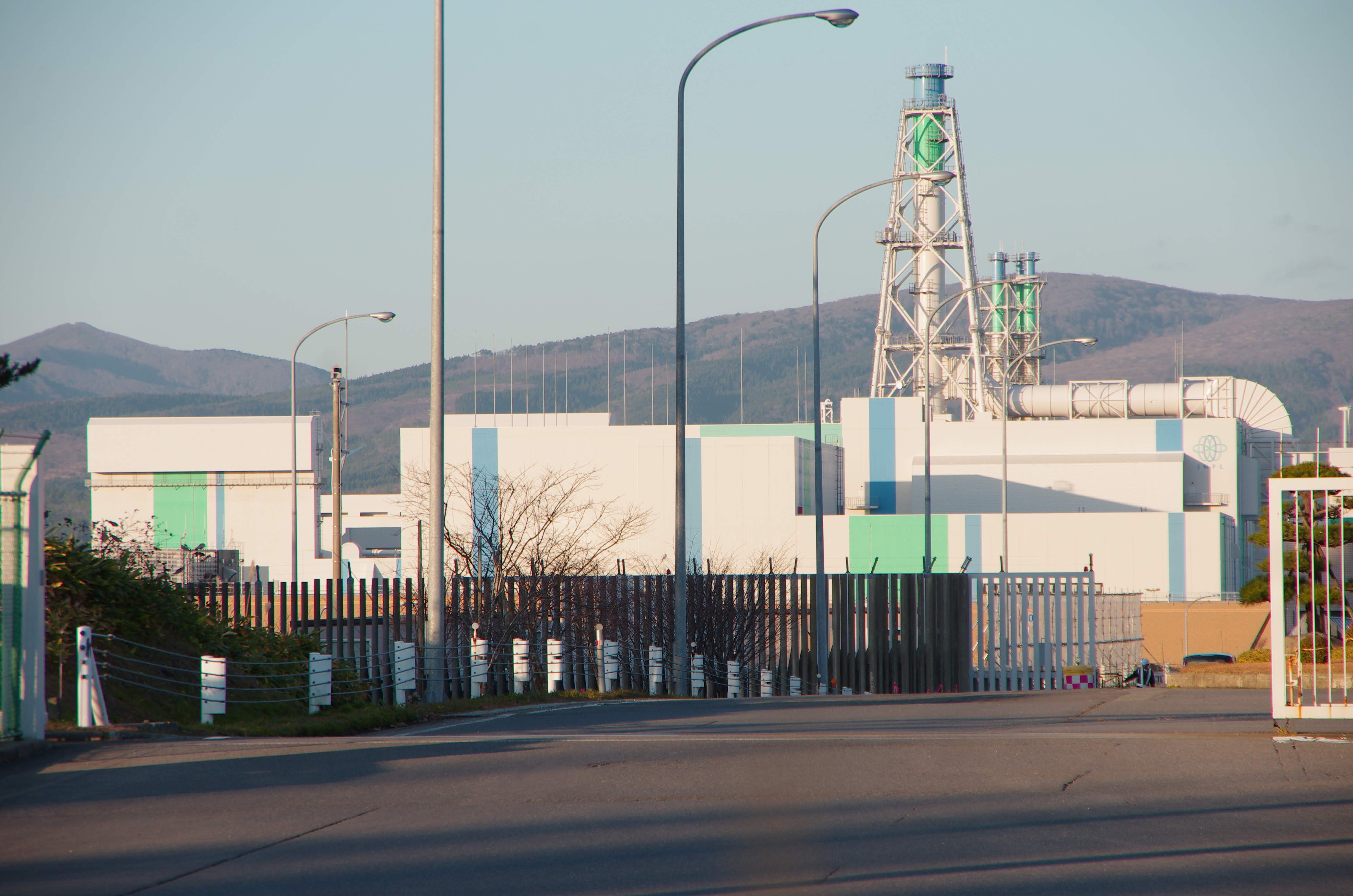Questioning the viability of the Rokkasho Reprocessing Plant
―Proposal for a comprehensive review and public discussion―
As of the end of 2019, Japan possessed over 45 tons of plutonium—enough to make about 6,000 nuclear warheads. This has been a source of concern, as it poses a security threat to the world, and in particular, to the East Asian region.
In July 2018, the government of Japan issued a guideline stating that Japan “will reduce its plutonium stockpile” and pledged that the country would only extract plutonium necessary for use in nuclear power plants. This is seen as a response to the concerns raised by the international community, including the US, regarding Japan’s massive stockpile of plutonium with no specified plan for consumption.
Why has Japan accumulated such a large amount of plutonium? The government has pursued a policy to reprocess all the spent nuclear fuel discharged from nuclear power plants and to use the extracted plutonium in fast breeder reactors (FBRs). Under the closed nuclear fuel cycle policy based on the premise of reprocessing all spent fuel, electric power companies in Japan have continued to transport spent nuclear fuel to the Tokai Reprocessing Plant in Ibaraki Prefecture and to reprocessing plants in the UK and France to extract plutonium. However, the FBR program was aborted, and the “pluthermal” (plutonium thermal use) program, in which uranium is mixed with plutonium and used in existing nuclear power plants (light-water reactors, LWRs), has also been facing difficulties. As a result, Japan is now burdened with a massive amount of plutonium.
In July 2020, the Rokkasho Reprocessing Plant in Aomori Prefecture passed the safety checks set by the Nuclear Regulation Authority (NRA), despite the fact that the plutonium inventory is not expected to be steadily reduced. This is considered to be a de facto license for full-scale operation and the owner of the plant, Japan Nuclear Fuel Ltd. (JNFL), aims to start commercial operations in 2022.
The Rokkasho Reprocessing Plant has the capacity to separate and extract up to 8 tons of plutonium annually. Nevertheless, a concrete and realistic roadmap on how to reduce the amount of plutonium has not yet been laid out. It is assumed that one of the reasons why the Japanese government insists on reprocessing is that “otherwise, there will be no place to transfer the spent nuclear fuel to.” If more nuclear power plants resume operation, additional spent nuclear fuel will be generated despite having no place to go, and as a consequence, this could put pressure on the Rokkasho Reprocessing Plant to start operations.
Internationally, it has become common practice to directly dispose spent nuclear fuel as nuclear waste instead of recycling it. Many of the countries that once pursued plutonium utilization programs have stepped back from reprocessing and are now in favor of direct disposal policies. This change was due to economic and safety concerns, as well as nuclear proliferation risks. Today, the only nations continuing reprocessing are those with nuclear weapons (i.e., nuclear-weapon states [NWS]), or de facto NWS.
In Japan, most spent nuclear fuel is stored in cooling pools situated in the reactor buildings of each nuclear power plant. As shown by the Fukushima Daiichi nuclear disaster, storing spent nuclear fuel in pools carries potential risks. Meanwhile, the common storage method in other countries is air-cooled, dry cask storage which carries relatively lower risks.
Nearly 30 years have already passed since the construction of the Rokkasho Reprocessing Plant began in 1993. Since then, the construction plan has faced many challenges, and the completion of the plant has been postponed 25 times. The construction cost has nearly quadrupled from the original amount of 760 billion yen to 3 trillion yen, and the total project cost is estimated to be more than 16 trillion yen, including the operation costs for 40 years. These costs will ultimately be borne by consumers through their electricity bills.
Once the Rokkasho Reprocessing Plant starts full-scale operation, it will not only impose a heavy economic burden on Japanese citizens, but it may also contribute to international concerns. In light of the above, we would like to make the following three recommendations to the government of Japan as to a more realistic policy at this stage.
- The government of Japan should lay out a concrete and realistic roadmap for significantly reducing its plutonium stockpile and refrain from starting the operation of the Rokkasho Reprocessing Plant until the viability of the roadmap is ensured.
- With regard to handling spent nuclear fuel, priority should be given to dry storage—a more economic and less dangerous option. At the same time, the government of Japan should also reconsider the restarting of nuclear power plants until it has a clear plan for securing fuel storage capacity and a final disposal method for nuclear waste so as to prevent further generation of spent nuclear fuel.
- The government of Japan should conduct a third-party evaluation of the current nuclear fuel cycle policy (which is based on the premise of reprocessing) and potential alternatives, while also establishing a forum for public debate.
November 2020
New Diplomacy Initiative (ND) Energy Project Team



